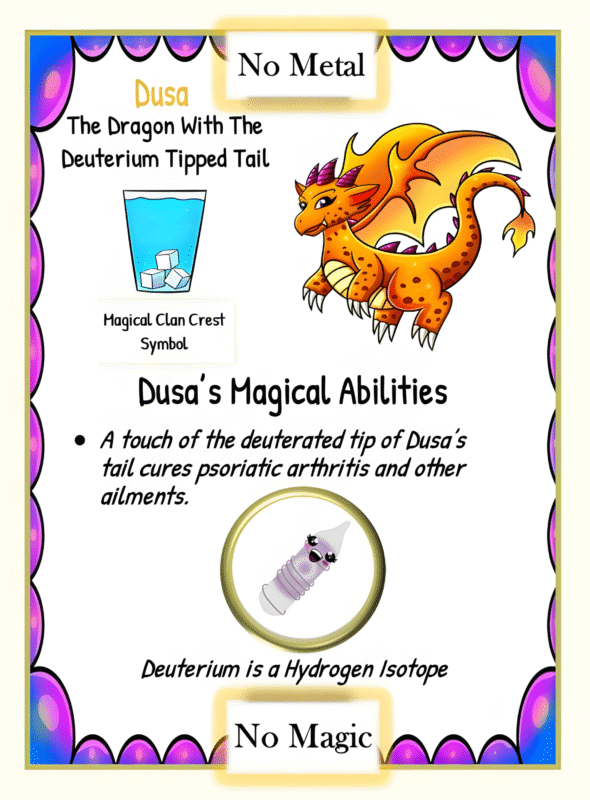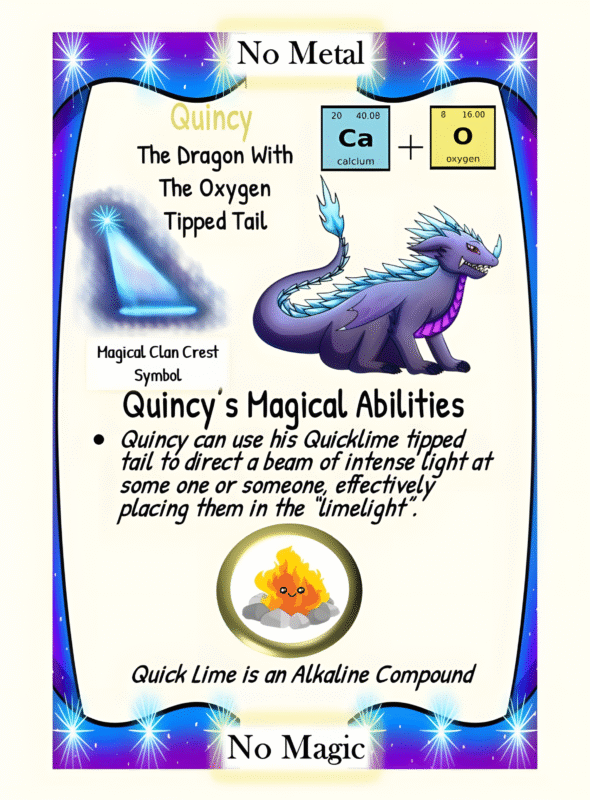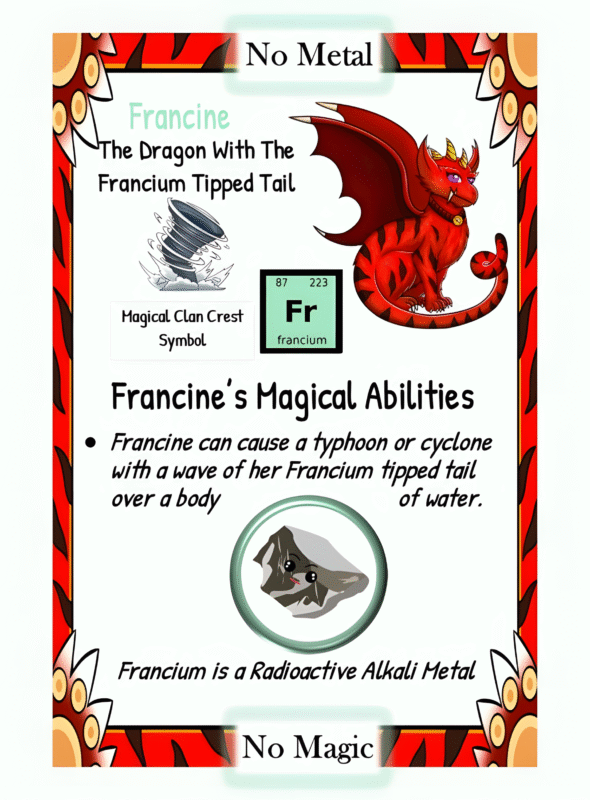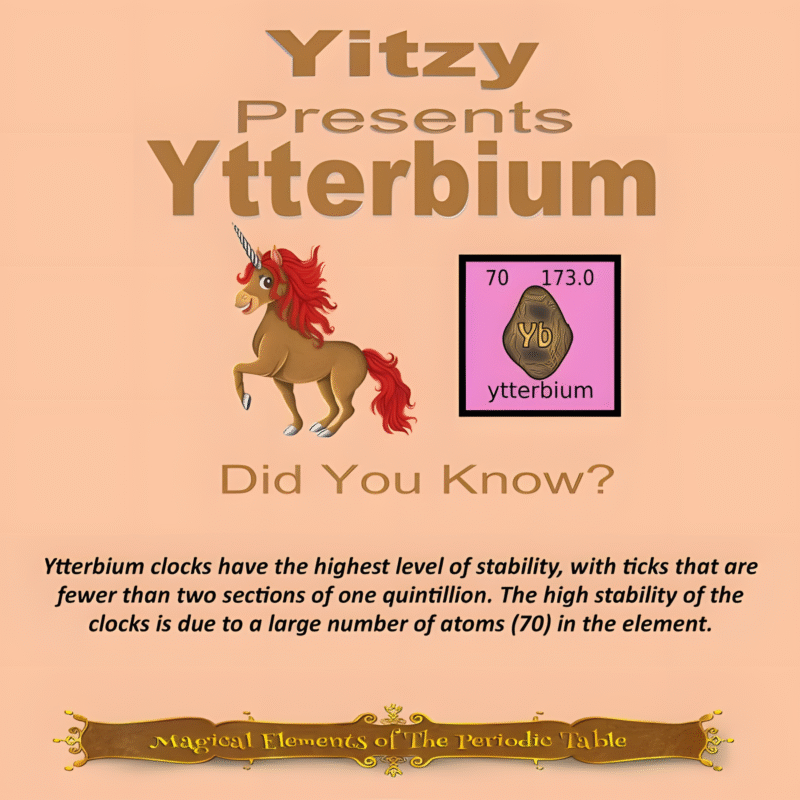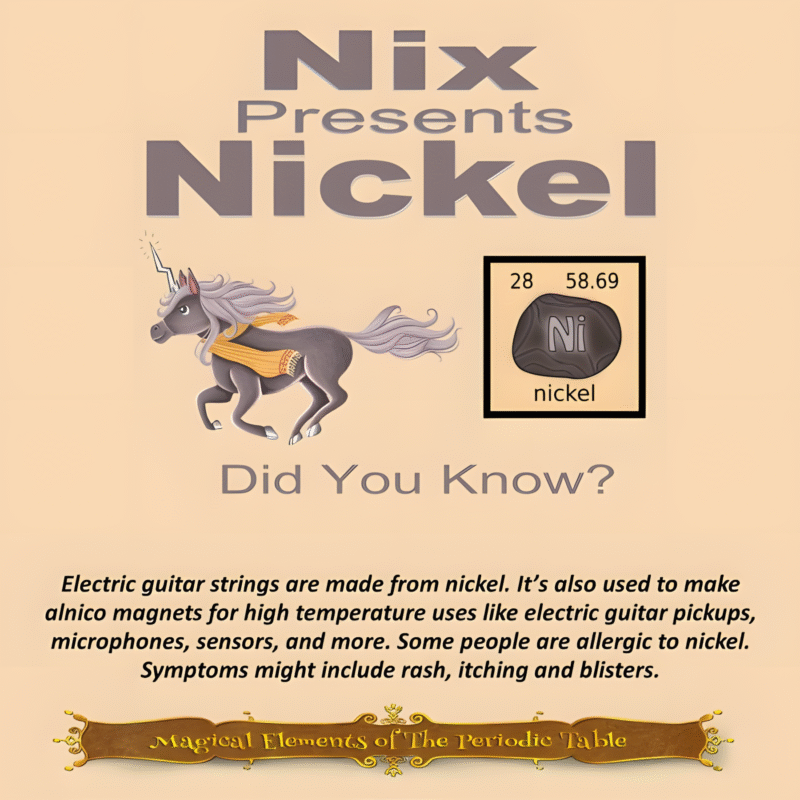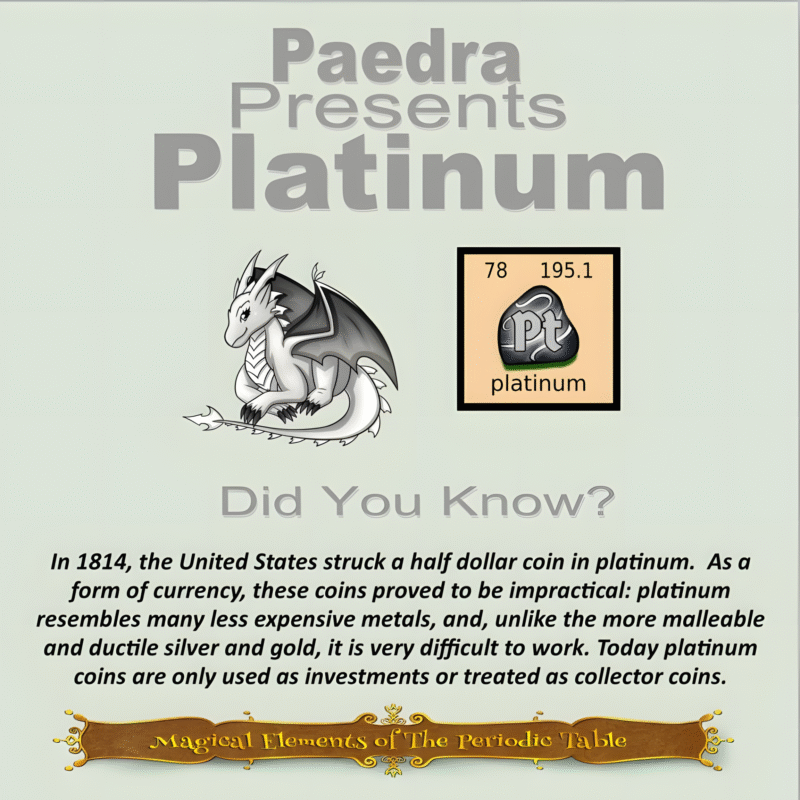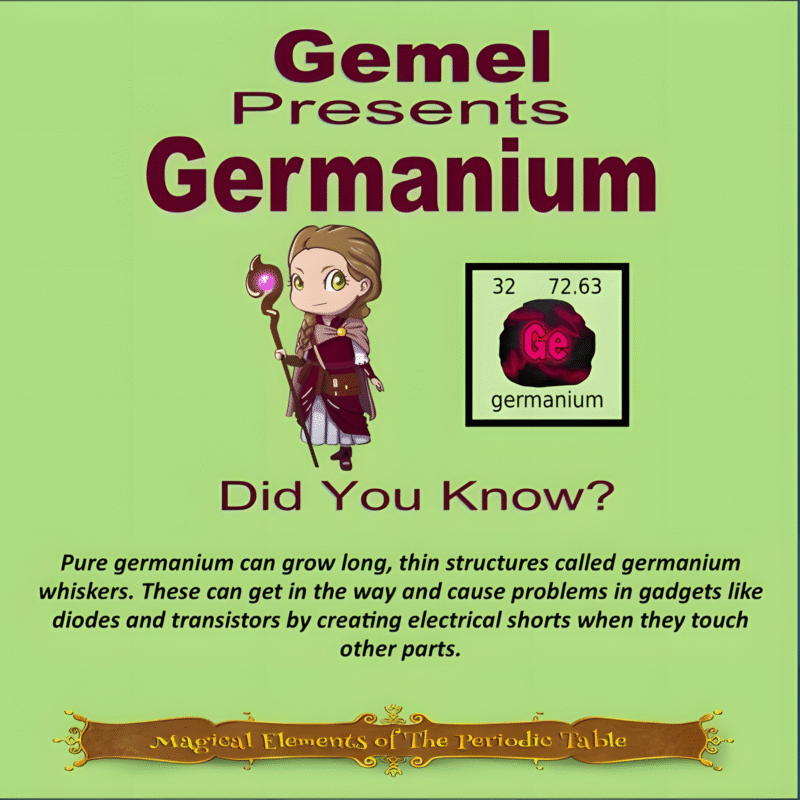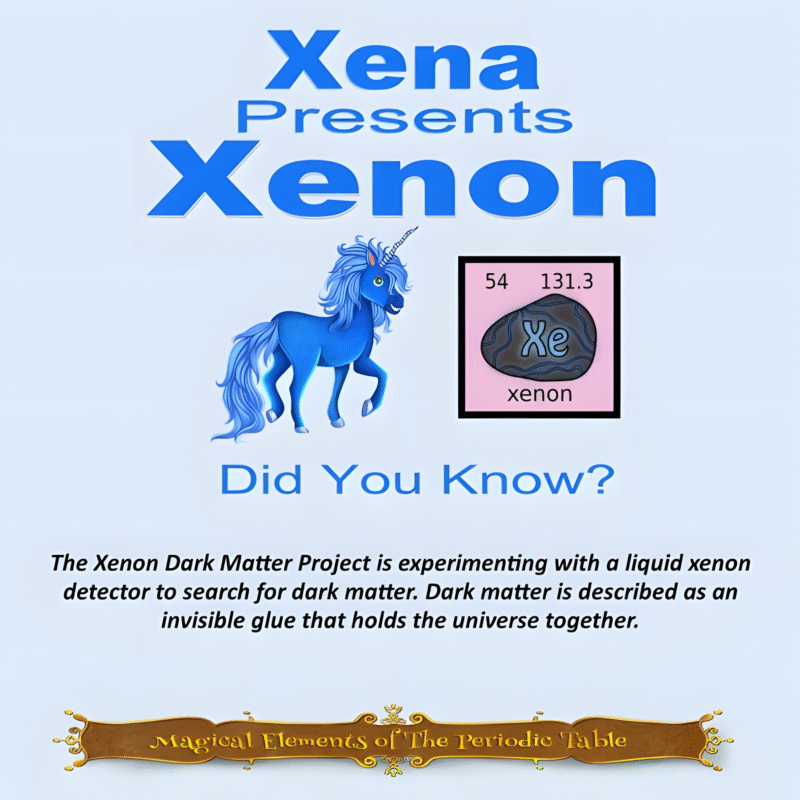The Origin of Lutetium: Unveiling the Secrets of Its Existence

Lutetium, the element with the symbol Lu and atomic number 71, holds an intriguing story that spans centuries. Its origin, occurrence in nature, extraction, commercial processing, mining, and environmental impact are all fascinating aspects to explore.
First and foremost, it is important to note that lutetium does not occur in nature as a pure element. Instead, it is found in small quantities within the Earth’s crust. Like other rare earth elements, lutetium is primarily mined and extracted from ores containing various minerals in which it is present.
One such mineral is monazite, a rare earth phosphate mineral that is widely distributed across the globe. Monazite contains a range of rare earth elements, including lutetium, making it a valuable resource for extraction. Other minerals, such as xenotime and bastnäsite, also contain lutetium in smaller quantities.
Mining and extraction processes play a crucial role in obtaining lutetium from these minerals. Due to its rarity, the mining of rare earth elements, including lutetium, requires specialized techniques. Typically, open-pit mining or underground mining methods are utilized to extract the ore containing these minerals.
Once the ore is extracted, it undergoes a series of processes to separate and extract the desired compounds. Beneficiation, a process in which the ore is crushed and ground into a fine powder, is a common first step. This is followed by various techniques, such as froth flotation and magnetic separation, to concentrate and isolate the rare earth elements, including lutetium.
Commercial processing of lutetium involves refining and purifying the extracted material to obtain the pure element. Repeated processes of solvent extraction, ion exchange, and chemical precipitation are employed to remove impurities and achieve a high level of purity.
When it comes to global lutetium production and mining, China is the dominant player. The country accounts for a significant portion of the world’s rare earth elements production, including lutetium. China’s mining practices have come under scrutiny due to concerns about environmental degradation and worker safety.
Lutetium, the element with the symbol Lu and atomic number 71, holds an intriguing story that spans centuries. Its origin, occurrence in nature, extraction, commercial processing, mining, and environmental impact are all fascinating aspects to explore.
First and foremost, it is important to note that lutetium does not occur in nature as a pure element. Instead, it is found in small quantities within the Earth’s crust. Like other rare earth elements, lutetium is primarily mined and extracted from ores containing various minerals in which it is present.
One such mineral is monazite, a rare earth phosphate mineral that is widely distributed across the globe. Monazite contains a range of rare earth elements, including lutetium, making it a valuable resource for extraction. Other minerals, such as xenotime and bastnäsite, also contain lutetium in smaller quantities.
Mining and extraction processes play a crucial role in obtaining lutetium from these minerals. Due to its rarity, the mining of rare earth elements, including lutetium, requires specialized techniques. Typically, open-pit mining or underground mining methods are utilized to extract the ore containing these minerals.
Once the ore is extracted, it undergoes a series of processes to separate and extract the desired compounds. Beneficiation, a process in which the ore is crushed and ground into a fine powder, is a common first step. This is followed by various techniques, such as froth flotation and magnetic separation, to concentrate and isolate the rare earth elements, including lutetium.
Commercial processing of lutetium involves refining and purifying the extracted material to obtain the pure element. Repeated processes of solvent extraction, ion exchange, and chemical precipitation are employed to remove impurities and achieve a high level of purity.
When it comes to global lutetium production and mining, China is the dominant player. The country accounts for a significant portion of the world’s rare earth elements production, including lutetium. China’s mining practices have come under scrutiny due to concerns about environmental degradation and worker safety.
This article is brought to you by Sybrina Durant, the author of the middle grade picture book, Magical Elements of the Periodic Table Presented Alphabetically By The Elemental Dragons. Learn More. In that book Lutetium is presented by the dragon, Urmi.
Inter-Active Elemental Fantasy-Themed Periodic Table from Magical Elements of the Periodic Table Presented Alphabetically by The Elemental Dragon Clan
Click here to use This Inter-Active Viewer To Learn More About The Elements Each Elemental Represents On This Periodic Table. Want this in a 24″ x 36″ Poster? Click here.
Sybrina Publishing Offers Fun Activities Based On The Book
Magical Elements of the Periodic Table Magical Elementals
Browse Magical Elemental Activities at MagicalPTElements or Sybrina-Publishing on TPT or Classful





